Asda delisted I Can't Believe It's Not Butter in a drive to remove duplicate brands. Its return raises questions about sole-brand strategies, reports Chloe Smith
In 1995, when he was a national account manager for Procter & Gamble, Aidan Bocci walked into Asda head office and was faced with a mission statement sign erected in the foyer. 'Reduce the number of suppliers by 10%,' one of the bullet points read.
Times haven't changed much. It is still part of Asda's core strategy to simplify the business, cut costs and lower prices. So it was a fairly natural development when Darren Blackhurst, chief merchandising officer, announced in 2007 he would start removing duplicate brands. There was no need for both Utterly Butterly and I Can't Believe It's Not Butter, he argued, so the latter got the boot. After all, "it's only marge!", said Blackhurst at the time. The same went for tuna. Why stock both Princes and John West? Princes got canned. And in February this year, Blackhurst outlined to The Grocer his plans to thin out a further 10 categories, saving money, cutting costs, doing what Asda has always done.
But now, Unilever's I Can't Believe It's Not Butter is back. In an apparent u-turn, Asda has relisted it to sit once again on shelf alongside rival Utterly Butterly, owned by Dairy Crest. So what prompted the change of heart?
According to Asda, the decision was nothing to do with Unilever's size and influence and everything to do with popular demand. "The reason it is back is the customer wants it," says a spokeswoman. "We have lots of different ways we listen to customers, such as Tell Asda (an online feedback form) and Pulse of the Nation (a regular survey of demographically representative customers), so we often ask what they would like to see returning to shelves, or whether there are any products they feel are missing, just to point us in the right direction."
Observers, however, believe more compelling commercial reasons lie behind the u-turn. Marcus Vallance, MD of SalesOut, which tracks brands through the supply chain, believes that if a single brand becomes the sole option for consumers, there is the potential for both retailers and consumers to lose out: "If you've just got one brand, effectively you [the retailer] are negotiating with yourself, and the brand is left sitting pretty. You need to have two brands of semi-equal status," he says.
Bocci, now chief executive of consultancy Commercial Advantage, says the sole brands strategy has worked well for the discounters, but that the balance is difficult to strike for mainstream grocery retailers: "There are certain products where if you take them off the shelf people will literally shop elsewhere for their 100-item core shop. If there are two or three items out of that shop it really annoys them and the retailer loses the whole shop."
Unilever will be hoping the clamour to bring back I Can't Believe It's Not Butter will help reverse declining sales. Value sales have fallen 1.2% to £29.3m in the past year less than half the value of Utterly Butterly, which has grown by 13.8% to £69.2m [Nielsen, 18 April].
Unilever says it is "delighted" that I Can't Believe It's Not Butter has been relisted, but declined to comment further. The brand's main competitor, meanwhile, says it is "disappointed" at the return of its rival but is up for the fight. "Because Utterly Butterly is a stronger brand, we would expect to come out on top, but inevitably introducing I Can't Believe It's Not Butter will make some difference," says Arthur Reeves, external affairs director of Dairy Crest.
Reeves admits that consumers demand choice and says it is Asda's prerogative if they want to stock multiple brands, but he maintains Utterly Butterly will continue to assert its dominance over its rival. "More people buy Utterly Butterly, it has a better repeat purchase and more loyal shoppers, and there is one killer fact: if you look at shoppers who buy both, 62% of purchases are Utterly Butterly, and only 38% are I Can't Believe It's Not Butter."





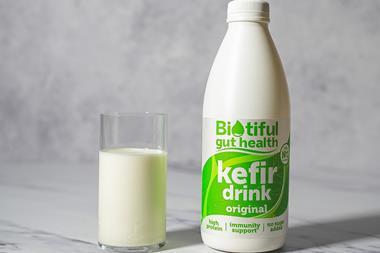


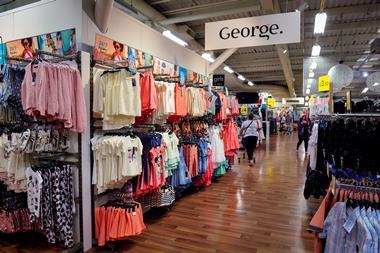

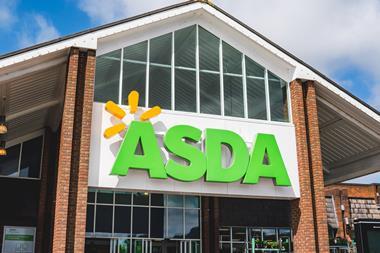
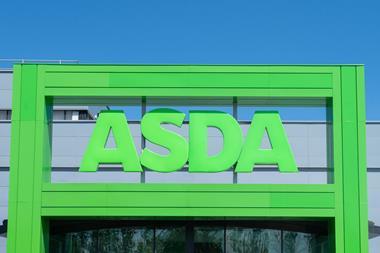
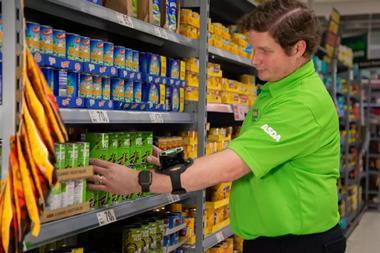

No comments yet